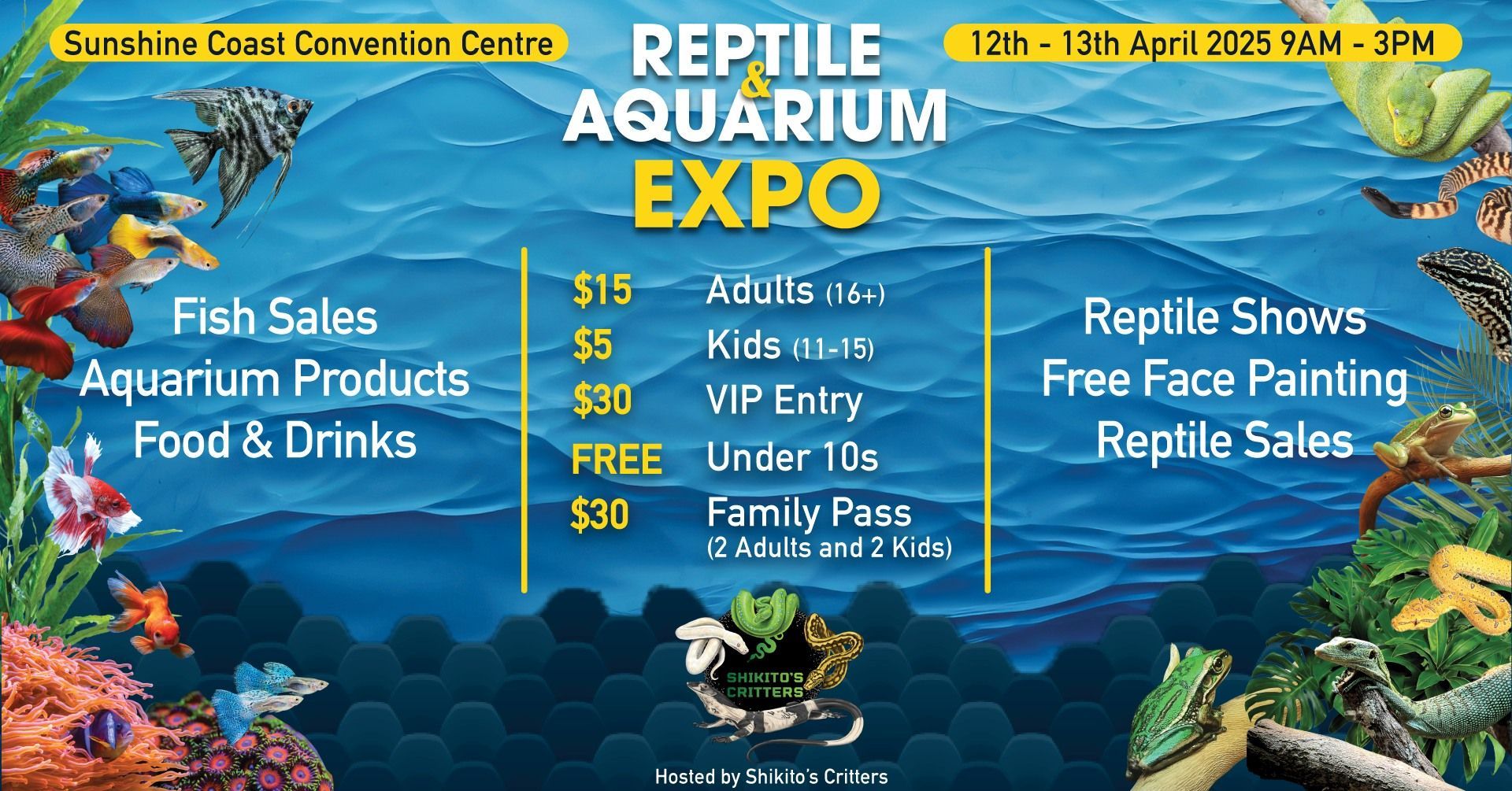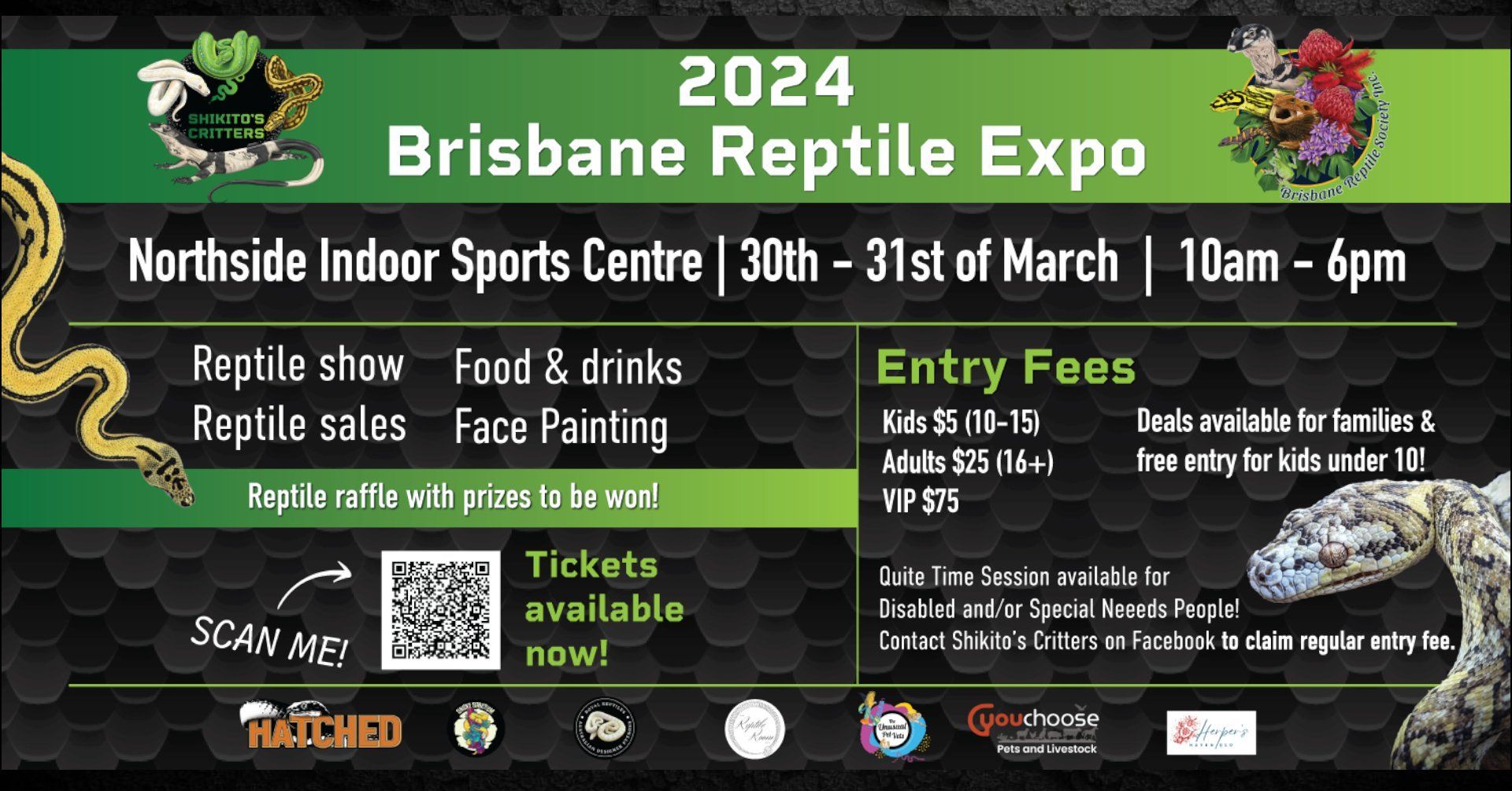Aspidites Species Care Sheet
Basic care and husbandry recommendations for keeping Aspidites species, with a free PDF download of the Aspidites Species Care Sheet.
The genus Aspidites includes the Black Headed Python from the top third of Australia, and the Woma python, which is predominantly found across the arid centre and southwest of Australia.
Aspidites in our planned pairings include:
- Black Headed Python
- Rockhampton Downs Woma Python
Depending on the locality of an individual, Woma pythons average out at about 1.5m in length, whilst Black Headed pythons are significantly larger and range from 1.5 to 2m in length. Both species are predominantly terrestrial, and typically live in dunefields and sandy plains, and usually prefer being able to burrow within their substrate.
1. Housing
Being predominantly terrestrial pythons, both black headed pythons and woma’s are more likely to utilise all of the available ground surface area within their environment, rather than up in tree’s like Morelia. Because of this, we recommend having a long enclosure, but still have enough vertical space with broad branches or rocky outcrops that they can climb up if they wish. Hatchlings, which are often prey to other larger predators, can be quite shy and timid especially if placed into a large enclosure.
Because of this, we recommend housing hatchlings in 10-15L size tubs to start with until they are well established and more confident feeders. Keep in mind that these pythons, and black headed pythons especially, start out as very large hatchlings compared to Antaresia for example, and generally grow quite quickly. This is important to know, because it means you will need to upgrade them to a larger enclosure much more quickly!
Enclosure furnishings should include one hide in the warm end and a water bowl in the cool end for hatchlings in tubs, to a hide at either end and a water bowl at the cool end, for sub-adults and adults in their adult enclosures. I strongly recommend you use a ceramic bowl or similar, to make it harder for them to tip over and spill throughout the enclosure. Occasionally they also like to submerge themselves in the water bowl, so often appreciate having a bowl large enough for them to fit into.
For the substrate for these species, they do enjoy burrowing so will benefit from having a substrate they can exhibit this normal behaviour in. Personally I prefer using coarse Kritter’s crumble, a coconut fibre based substrate, as I find it the easiest to use, easy to maintain, doesn’t tend to stick to the snakes food at dinner time, and they love to burrow beneath it. Having said this, for hatchlings in tubs, I prefer to use paper towel so I can monitor their toileting habits more closely.
2. Enclosure size
When choosing an enclosure size to keep Aspidites, three important considerations are the size of the snake, the fact that they are terrestrial in nature, and their large size. Keeping these in mind, I prefer to house hatchlings in 10-15L tubs, adult woma’s in a minimum of 120x60x60cm enclosures, and adult black headed pythons ideally in a minimum of a 180x60x60cm enclosure.
3. Heating
Being a terrestrial nocturnal species, womas and black headed pythons usually come out during the day and like to find a warm place to thermoregulate. Because the sun is already down, this heat is usually from things like rocks, or the road, which provides belly heat, rather than heat from above.
Because of this, I prefer to use heat cords or heat mats controlled with a thermostat to provide a hot spot of 32-35’C. I would recommend you avoid heat rocks though, as they have a history of causing thermal burns in reptiles. For lighting, it is not crucial to provide UVB or lighting within the enclosure, though LED or fluoro tubes may be used so you can see your pet more easily.
These should be hooked up to a timer, to allow 12 hours of light during the warm months and 10 hours during the cool months. Don’t forget to use a light cage, otherwise your python may accidently break the bulb, which can cause injuries.
4. Feeding
Because Aspidites are ‘reptile specialists’ in the wild, eating other reptiles, they can often be difficult to start as hatchlings on rats or mice, as they aren’t their normal type of prey. This is why it is important that you get a feeding log from your breeder, to ensure they are established feeders.
I have found some Aspidites will calmly come up at feeding time, ‘nose boop’ their prey, then just slowly open their mouth and start eating, whilst others will launch themselves at the food and form a tight coil around it. So their feeding style may vary- you’ll quickly learn what they prefer to do, and can act accordingly.
One thing I will mention here is that black headed pythons in particular are prone to becoming obese, so it is recommended that they not be ‘power fed’ and is best to let them mature at a slower rate. Personally I avoid feeding XL or jumbo rats as they are quite fatty, and would prefer to feed frozen-thawed rats or even chickens, depending on the individual snakes size.





